Thursday, 7:00pm
11 January 2024
Two winners, 2000 losers
Minnesota’s crowd-sourced flag and seal raise questions for professional design practice, writes Steven McCarthy

The US state of Minnesota has a new crowd-sourced flag and seal, writes Steven McCarthy. Through an open call for submissions, opportunities for public feedback and relatively transparent decision-making sessions, over two thousand, five hundred entries – including many renderings by school children and satirical images by pranksters – vied for victory in this uncompensated contest.
The seventeen-member State Emblems Redesign Commission (SERC) hosted the recent competition to redesign the official flag and seal to replace iconography that was perceived by some as celebrating colonialism and whiteness, and as being dismissive of Minnesota’s ethnically and racially diverse communities and its indigenous Native American heritage. Aesthetically, one could argue, the original flag was also graphically busy, clumsily illustrated, typographically dated and compositionally banal.
The current flag of Minnesota, due to be decommissioned in May 2024. Top. A mock up of the new flag flying at the Minnesota State Capitol.
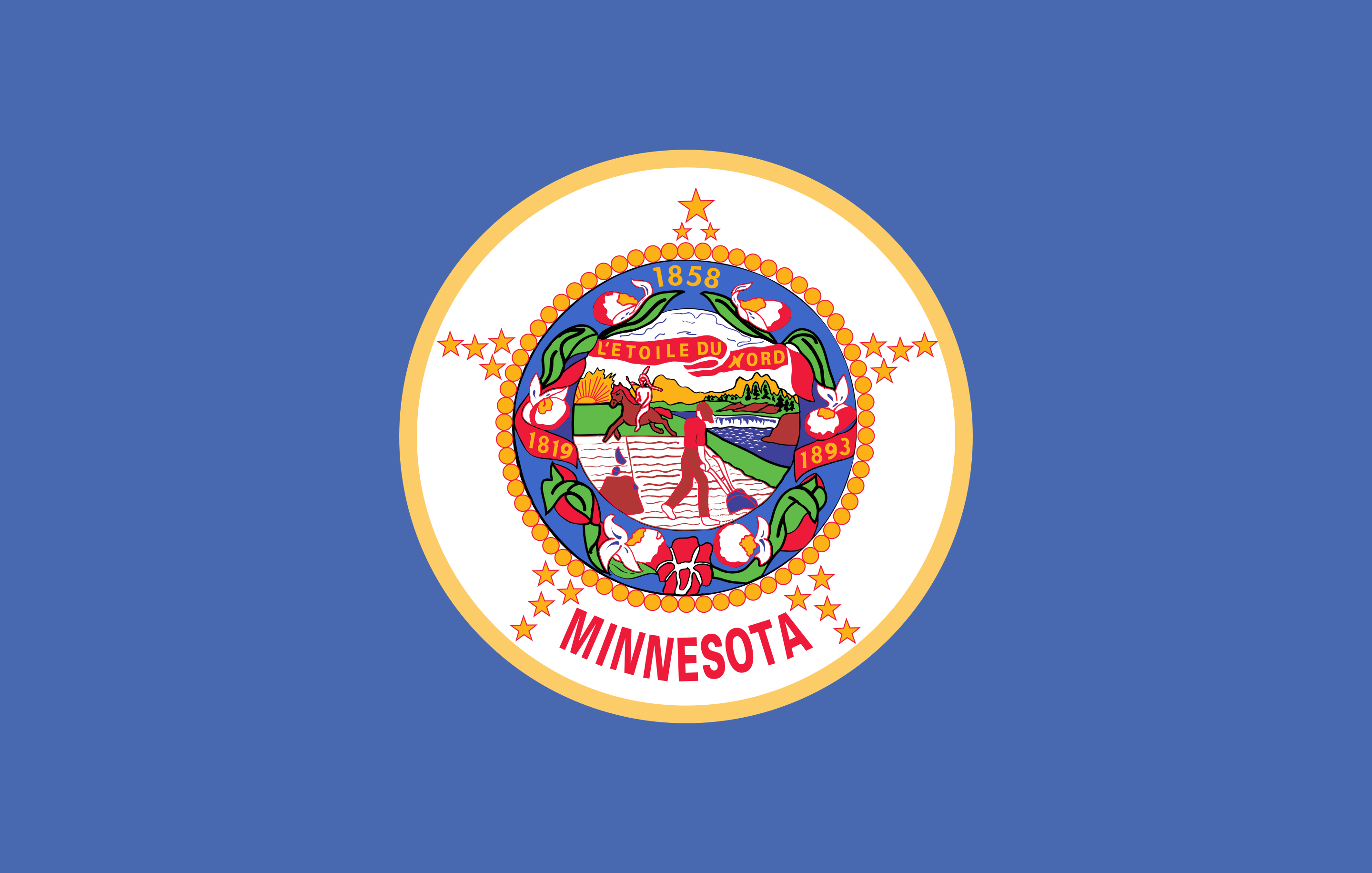
The competition was not simply about improved graphic design, however, or vexillology (the study of flags’ symbolism, history and deployment) – it was a political endeavour. Membership of the commission was based less on design or visual communications expertise and more on demographic representation: people from the Council on Latino Affairs, Minnesota Indian Affairs Council, Asian Pacific Minnesotans, and Council on Minnesotans of African Heritage, with other members from government, tourism, the arts and the Minnesota Historical Society.
The chair of the SERC group was Luis Fitch, founder of the design firm UNO Branding, who appeared to be the single member with significant graphic design experience, although his stated involvement was to represent the Council on Latino Affairs. His own identity description is as ‘an internationally renowned Mexican artist, mentor and creative entrepreneur, specialising in fine art …’.
Fitch had another concurrent role as curator of a small exhibition in a community college gallery about the original Minnesota state flag. Titled ‘Deconstructing the Minnesota Flag’, Fitch presented cloth flags progressively stripped of elements in sequential order. Number four removed the Native American on horseback, for example, while seven had only the edge-to-edge blue background. Eight, the final flag, was empty – a blank white canvas upon which the new design would appear. But can a state formed in 1858 with immigrants from Scandinavia and elsewhere in Europe, with extant indigenous peoples here for centuries, with southern Blacks from the Great Migration of 1910 onward, and with the recent diverse additions of Southeast Asians, East Africans and Central Americans, etc., ever begin with a tabula rasa?
There were 2,128 flag redesign proposals entered by the public.
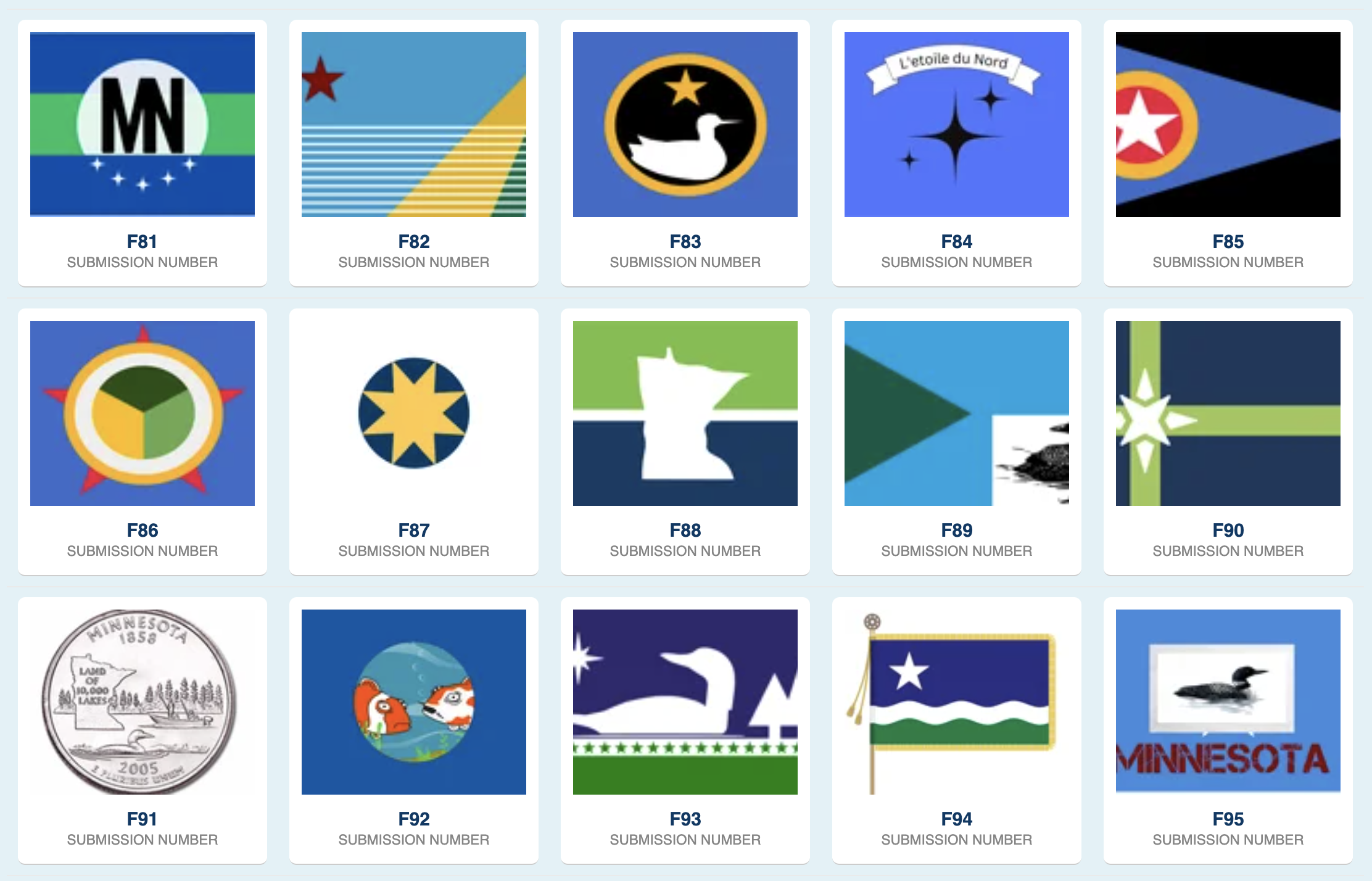
The methodology used by SERC was to winnow the flag and seal submissions through several stages of elimination, which involved public feedback and member votes. They arrived at six flag finalists, which looked quite similar to one another, with most featuring a star shape and blues and greens, for example. These were exhibited at The Mall of America, the country’s biggest retail establishment, and more feedback was gathered. Local, regional and even national press coverage was constant.
Finalist flags on display at The Mall of America, as reported by KSTP TV.
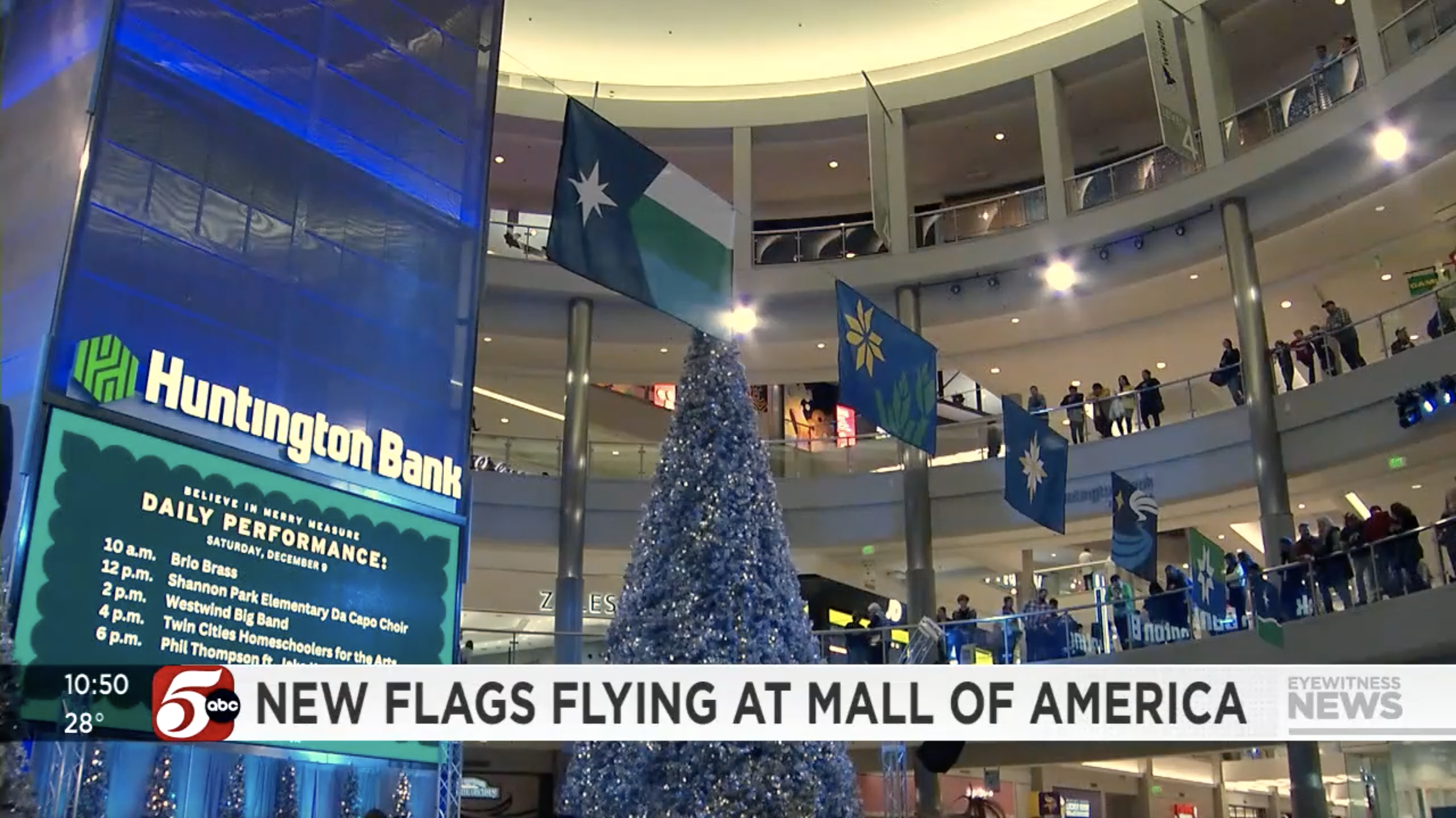
Andrew Prekker’s flag design was chosen winner by the SERC. It featured several common elements: eight-pointed ‘north star’ – check; colour blue for Minnesota’s abundant lakes – check; abstract state shape – check, although rather K-shaped (perhaps more applicable to the states of Kentucky and Kansas). Design consultant Jenae Michaletz was then brought in to implement immediate design compromises (green stripe for Minnesota’s forests and agricultural landscape – gone!) and to tidy up the layout. Michaletz asserts that she took Prekker’s ‘single base concept’ and had her ‘recommended design alteration’ selected by SERC.
Andrew Prekker’s winning flag submission.

Micheletz’s adaptation of Prekker’s proposal was selected as the new official Minnesota flag.
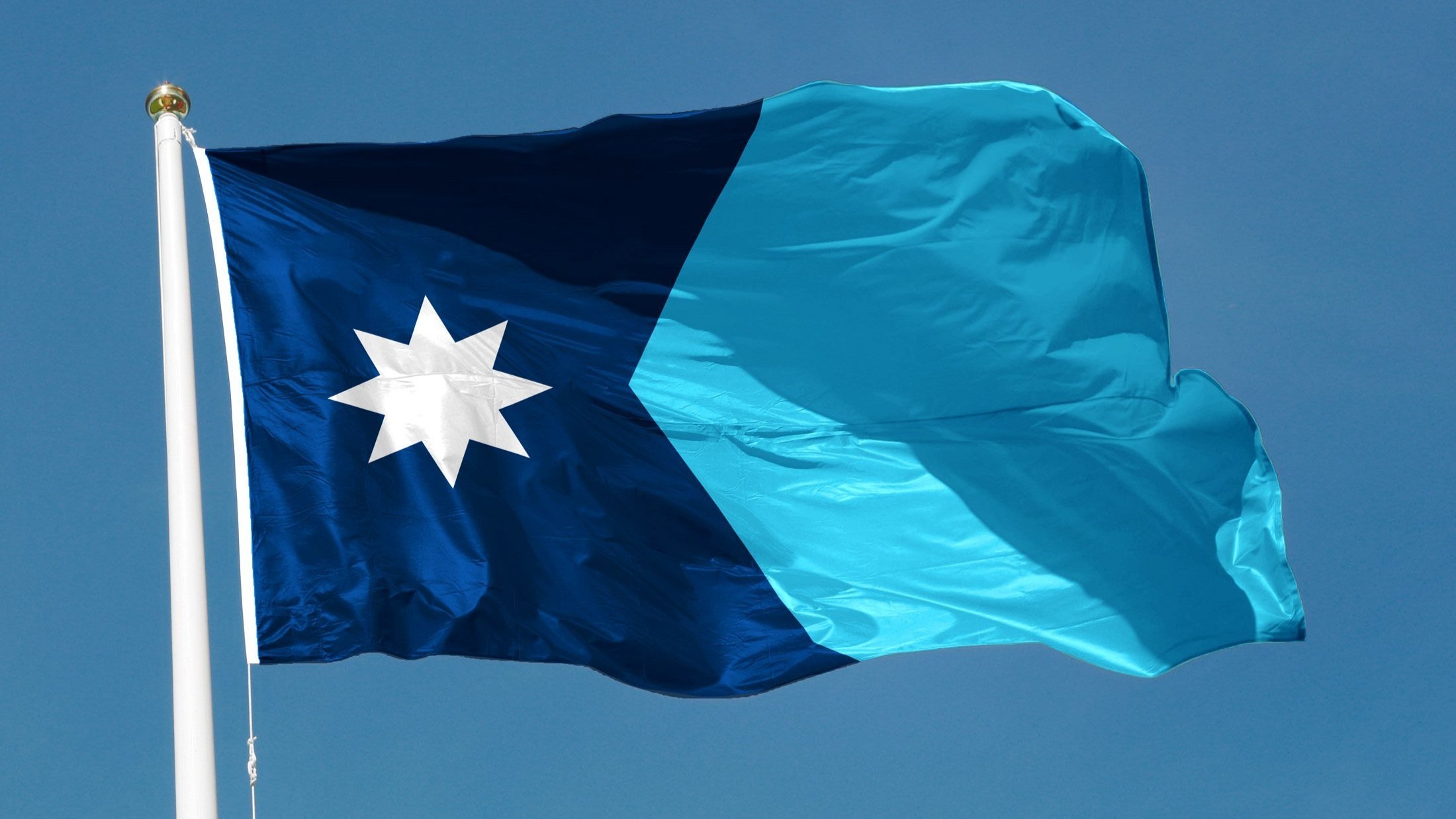
The resulting flag is not the result of urban Minneapolis – St Paul’s deeply talented and qualified professional design community using the proven iterative design process in a paid commission – it is the result of populism, committee-based decision-making and privileging compromise over maverick vision. Because the public process was inclusive, both in committee representation and in setting a low bar for entries, some might believe that the new flag represents democracy at its best. (This is a conceit that reminds me of Minnesota humorist Garrison Keillor’s claim that ‘all the children are above average.’) Instead, Minnesota now has a flag that is inoffensive – a desired goal – but is also generic and soulless. It is not extrinsically or specifically communicative either.
The Minnesota state seal fared better, a handsome and richly evocative design with direct references to state icons like the loon and wild rice. Its designer is Ross Bruggink, an experienced and thoughtful professional with years of design, illustration and branding expertise. His flag entry was also a top-six finalist. [Note: Bruggink is a former student of mine.]
The Great Seal of the State of Minnesota was designed by Francis Baasen, who adopted it from Minnesota’s previous territorial government seal in 1858.
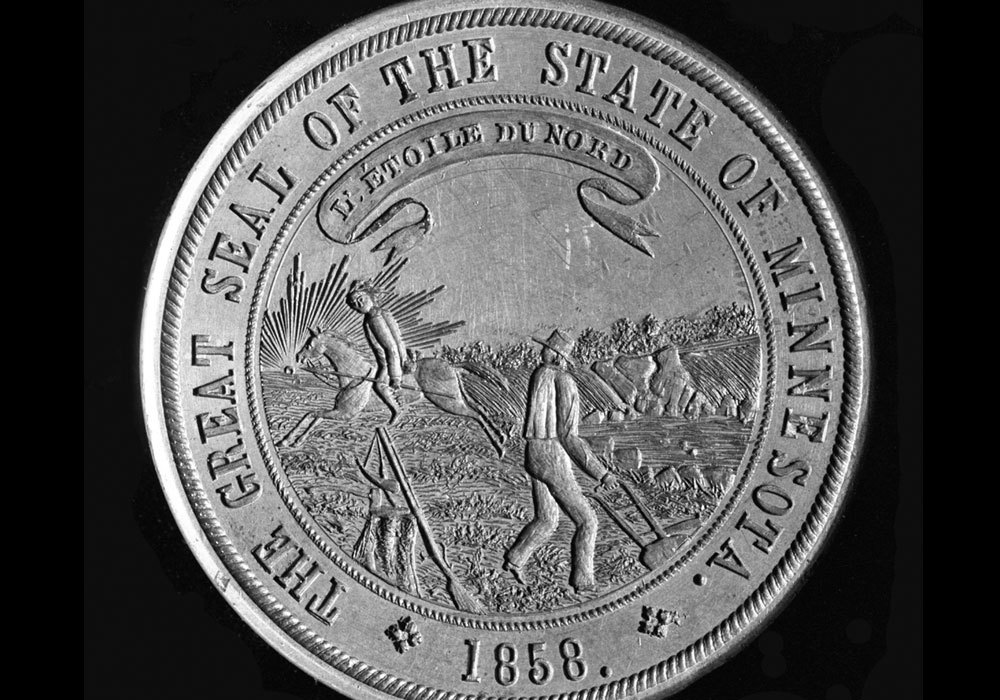
The redesigned seal by Ross Bruggink features symbols of local fauna and flora.
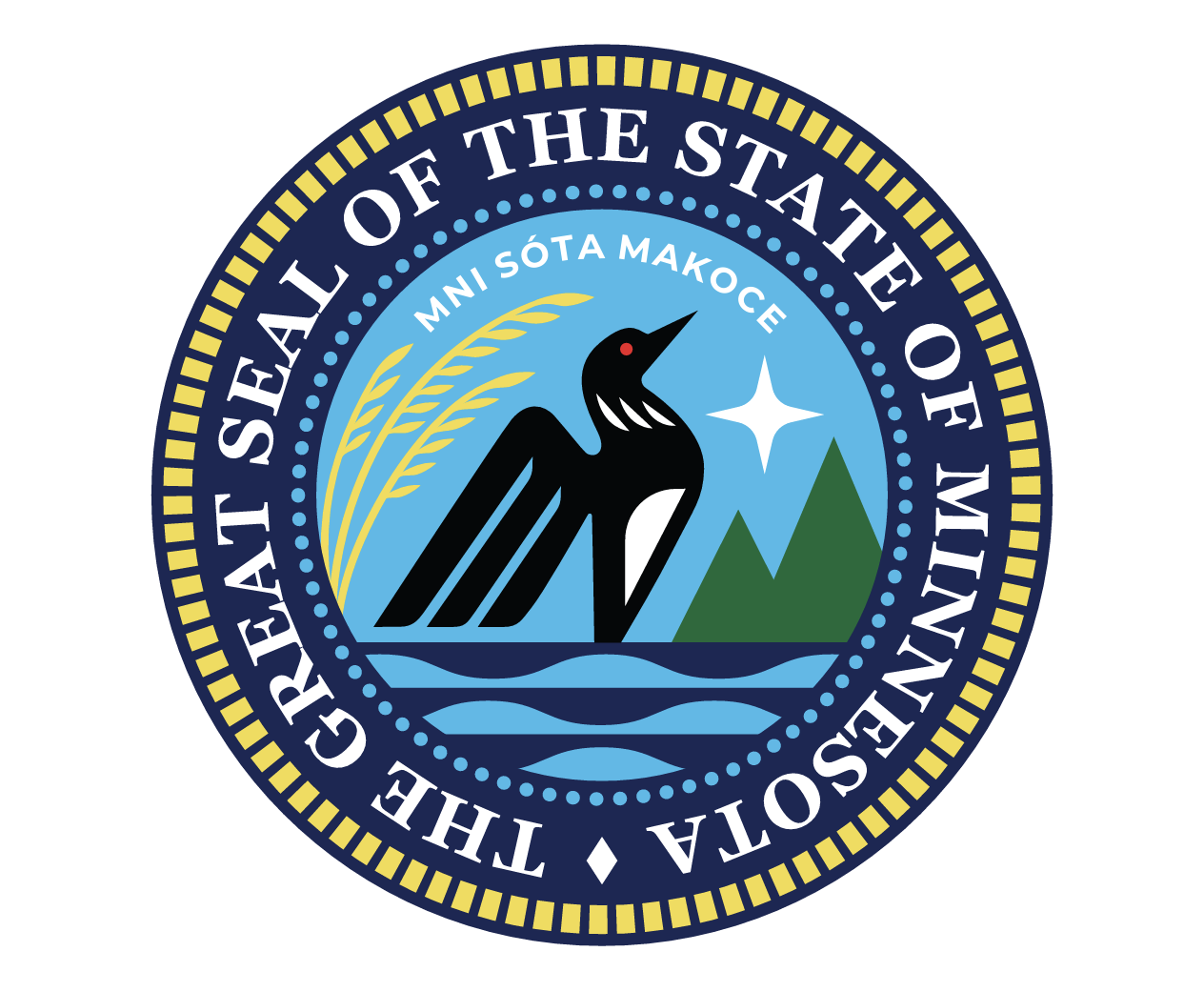
While a University of Minnesota professor of graphic design, I would often get approached by enterprises seeking free student labour within the context of a course. Typical excuses for requesting uncompensated work included ‘it’ll be a great learning experience’, ‘students will have a real world portfolio piece’, or ‘our cause (social, political, cultural, etc.) deserves it’, and so on. My favourite reply was: ‘If you had a toothache, would you seek the services of a dental student?’
The AIGA, the American professional organisation for design, generally condemns ‘work on spec’ – doing uncompensated, speculative design work in the hopes of winning a project (or in this case, a contest). That Minnesota’s unpaid flag and seal design contest took place in a year in which the state enjoyed a $2.4 billion budget surplus is a slap in the face to local professional graphic designers. Imagine asking any number of other professionals to give away their talents for free and to accept an outcome so vexingly mediocre. I suppose Minnesota got what it paid for.
Steven McCarthy, professor emeritus, University of Minnesota
Eye is the world’s most beautiful and collectable graphic design journal, published for professional designers, students and anyone interested in critical, informed writing about graphic design and visual culture. It is available from all good design bookshops and online at the Eye shop, where you can buy subscriptions and single issues.
